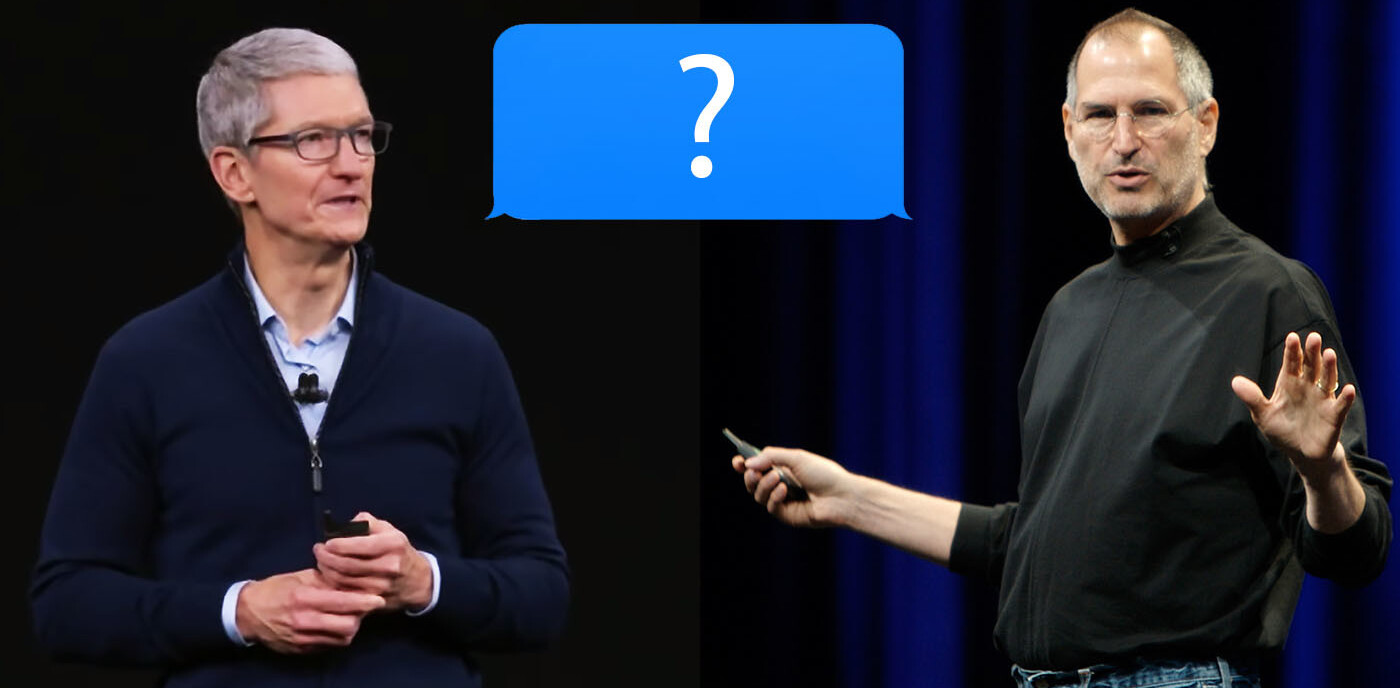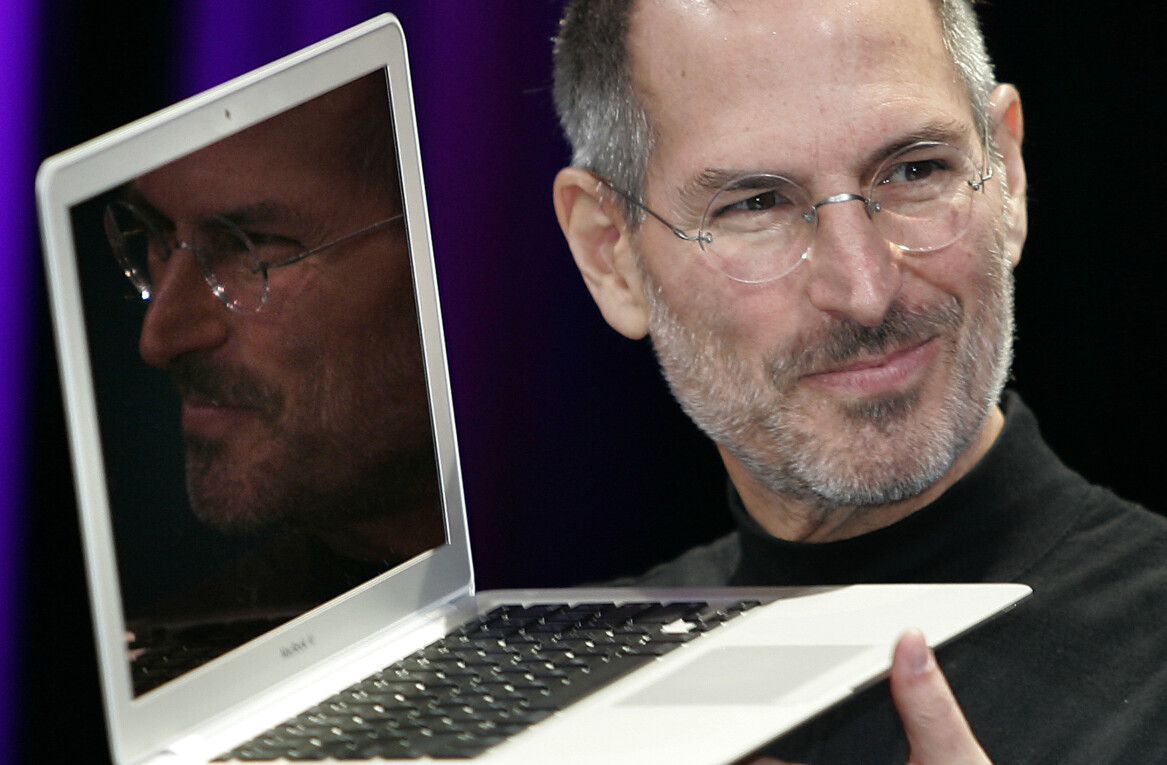
 In a recent visit to the Wall Street Journal’s headquarters, Steve Jobs lambasted Adobe’s Flash as he tried to sell WSJ executives on moving away from the technology.
In a recent visit to the Wall Street Journal’s headquarters, Steve Jobs lambasted Adobe’s Flash as he tried to sell WSJ executives on moving away from the technology.
On top of his recent complaints that Flash would kill battery life, reports suggest that Jobs also, “called Flash a ‘CPU hog,’ a source of ‘security holes’ and, in perhaps the most grievous insult an famous innovator can utter, a dying technology. ‘We don’t spend a lot of energy on old technology,’ Jobs said.”
While Jobs is renowned for being a forward-thinker, he might be looking a bit too far forward this time.
The leading front-runner to replace Flash, HTML5, is plagued with issues. Most browsers do not have HTML5 support (the only browsers that can play Youtube’s HTML5 demo videos are Chrome, Safari 4 and IE8 with Google Frame). And even with the aforementioned browsers, Youtube’s video plays like a slide show.
There are also issues with H.264, the video standard Apple’s been hyping heavily in recent months. This standard is licensed by MPEG-LA, and there is a hefty license fee to use the standard. While there has been a fee moratorium on free-view over-the-internet programming, it’s illegal to use the standard for anything else without paying the fee.
Finally, and most importantly, Flash is so widespread that any change away from the standard will take years. Even if Apple throws its significant weight behind the move, it will still be nigh on impossible to make the move any time soon. As an Adobe employee poignantly put it, “Millions of websites use flash. (If you’re on an iPad,) Get used to the blue Legos.”
Even with iPad/iPhone optimized websites, the standard doesn’t look like it will die any time soon. It’s cheap, it works (well, most of the time) and it’s widespread. It may be dying, Steve, but it’s dying really slowly.
Get the TNW newsletter
Get the most important tech news in your inbox each week.




